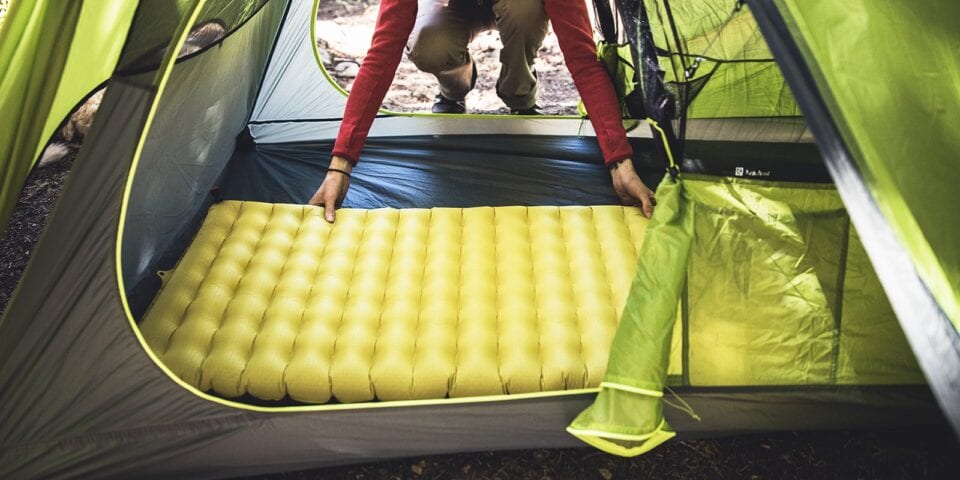A sleeping pad is an essential item when sleeping on the ground. It protects against the hard ground. It prevents heat loss from your body to the ground. The camping pad makes a distinction between sleeping on rocks and sticks.
Would you cope up with excesses of the cold temperatures? Not having one in such a situation is a reckless oversight. Some people may overlook the importance of a camping mat. Without one, you have a restless night. Choosing the right camping mat is critical, especially when it is cold.
It is important, that you buy the right sized camping mat for your body. If you buy one too small, you may end up not using it at all. If you look for one that is too large, you may end up swallowing it as you sleep. The right sized sleeping mat helps to assure you a comfortable night.
These mattresses for camping come with designs suitable for different purposes. You will have to choose that which is ideal for your intention. There are many brands and a wide price range. You can pick up one that is most suitable as per your planned camping trip.
Below are the factors to guide you on how to choose the best one for your next outdoor excursion.
1. Type of the pads
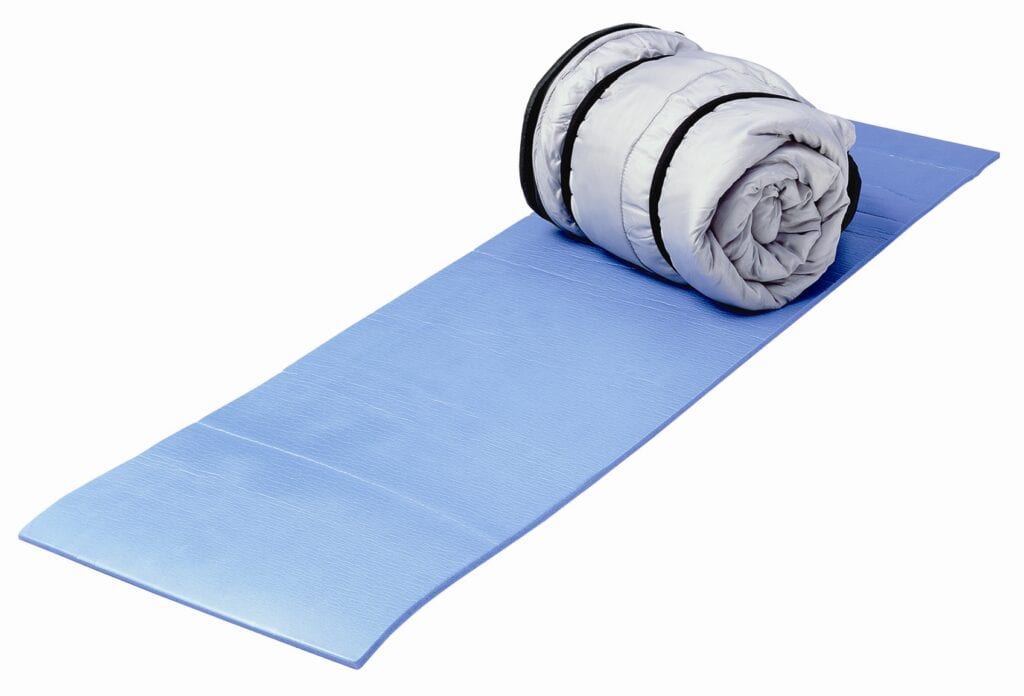
In general, sleeping pads lie in three categories.
- Air pads
They require inflation before you use them. Some come with built-in pumps. Others will require that you pump air using your mouth. The pads are super comfortable. The drawback is that you may puncture at times. Ensure you have a repair kit as you go camping. These designs are usually light. They are also easy to pack when they are in a deflated state.
If you buy a camping mat that doesn’t seal properly, that’s one thing. It will be very uncomfortable. If you buy one that leaks, you may end up wishing you hadn’t bothered while buying it.
- Self-inflating pads
The first thing is to open a valve. This sleeping gear will inflate by themselves. The technique is the insulation of open-cell foam that enlarges with air.
At times, you may need to puff a little. It tops up the pad. These tend to be very thick. You also feel plenty of warmth. However, they may be bulky and relatively big to carry.
- Closed-Cell Foam (CCF) pads
The foam pads are light and long-lasting. It means that you are not likely to encounter popping that requires you always to have a repair kit. It is easy to lay down and does not require heavy pumping of your air. While the closed-cell foam pads are affordable, they are less comfortable than the self-insulating and air pads.
2. Weight
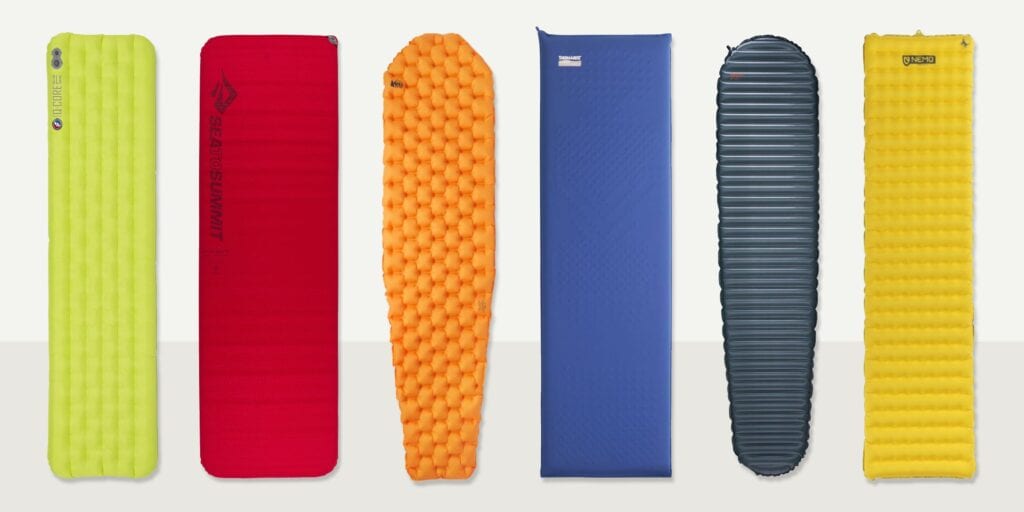
Always, the weight and type go hand in hand. You will need to consider your situation as guidance. You may want a feather-light product for lightweight packing. It will be easy to pack if you carry your items on your back. Sometimes your adventure is convenient for additional ounces. You will need a thicker one. If you will be using a vehicle all the way, the sleeping pad’s weight is a minor concern. You have the freedom to choose even the bulkiest mattress.
3. R-value
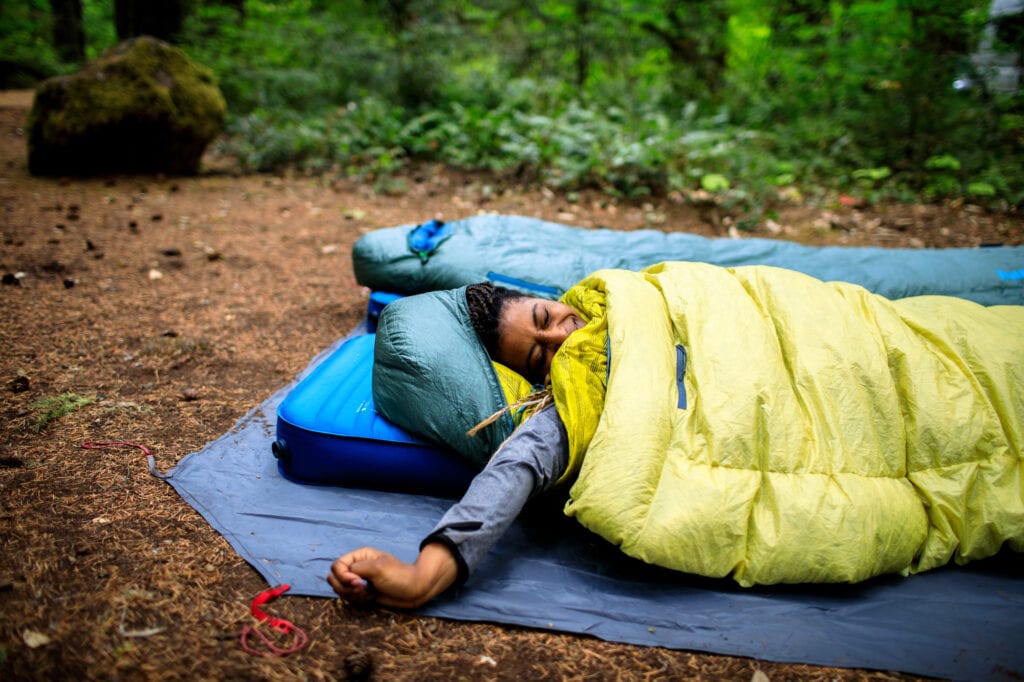
R-value is the measure of insulation in a sleeping pad. The higher the R-value, the less the heat can pass through. It’s important to note that it is your body that produces warmth and not a sleeping mat. You have to burn enough calories for you to produce sufficient heat around you. For cold conditions, you need to choose a camping gear with a higher R-value so that less warmth is lost to the ground and the surrounding. Check out websites like hikinggearlab.com for the best budget sleeping pads to consider for your next backpacking trip.
4. Insulation
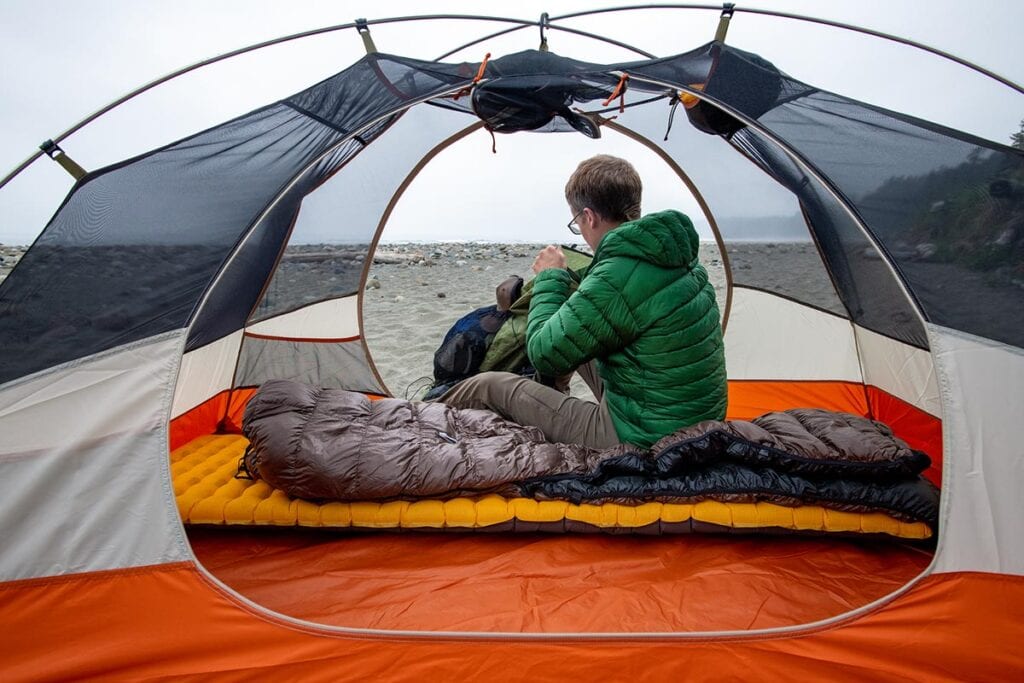
The insulation material determines the R-value of a camping mat. The overall objective is to ensure that it retains as much heat as possible. Always, you should also consider one with more R-Value the better. You will want to ensure your pad is firm enough to keep it in place. We would recommend one mat with an R-Value of 2.0 or more is the most commonly sold.
There are three types of insulations for sleeping pads.
- Optical cell foam
The foam is intense and has numerous tiny holes that trap and hold heat near your skin, creating a barrier with air emanating from below.
- Metalized film
The pads have an aluminum film that reflects heat radiation. Therefore, the heat your body releases remain
in containment.
- Synthetic fiber
The micro-fiber obstructs your body from the cold by trapping and heat from your body and retaining it, thus insulating you.
5. Size
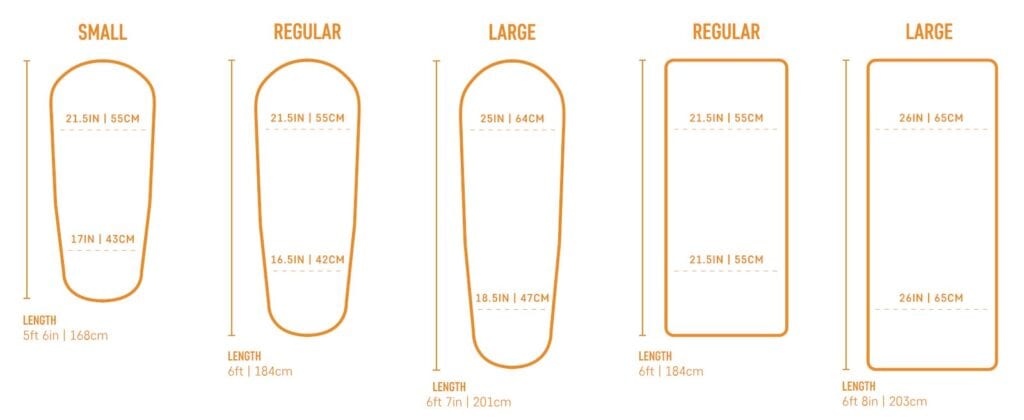
Most pads will have an average size of 20 inches in width and six feet in length. There are some which are either narrower or shorter. Some pads are wider and longer. You have to choose the one that fits you best.
You should consider the size of your tent. If not so, the pad will float on top of the tent. Sometimes, you may have plans for combination. That is a sleeping bag together with a pad-sleeve its lower side. Some sleeves are flexible. Others are ideal for a particular size of the sleeping pad.
Conclusion
The objective in choosing a sleeping mat is comfort. Not only in usage but also while carrying. Some people may find closed-cell foam pads being bulky. Few campers feel uncomfortable sleeping on an air pad. You need to consider your taste. Besides, consider the conditions and nature of your camping or hiking.
The best camping mat for you is one that provides insulation from the cold and rough ground. This is also necessary if you are prone to sleeping in places where there isn’t much warmth. You may want to consider one with a separate carry bag that will be easy to pack and carry while backpacking as required. If you don’t want to pack a camping mattress and you are prone to cold temperatures, you may want to wear more base layers. The warmth will help you warm up and if it is a really cold day, warmth is a must.
